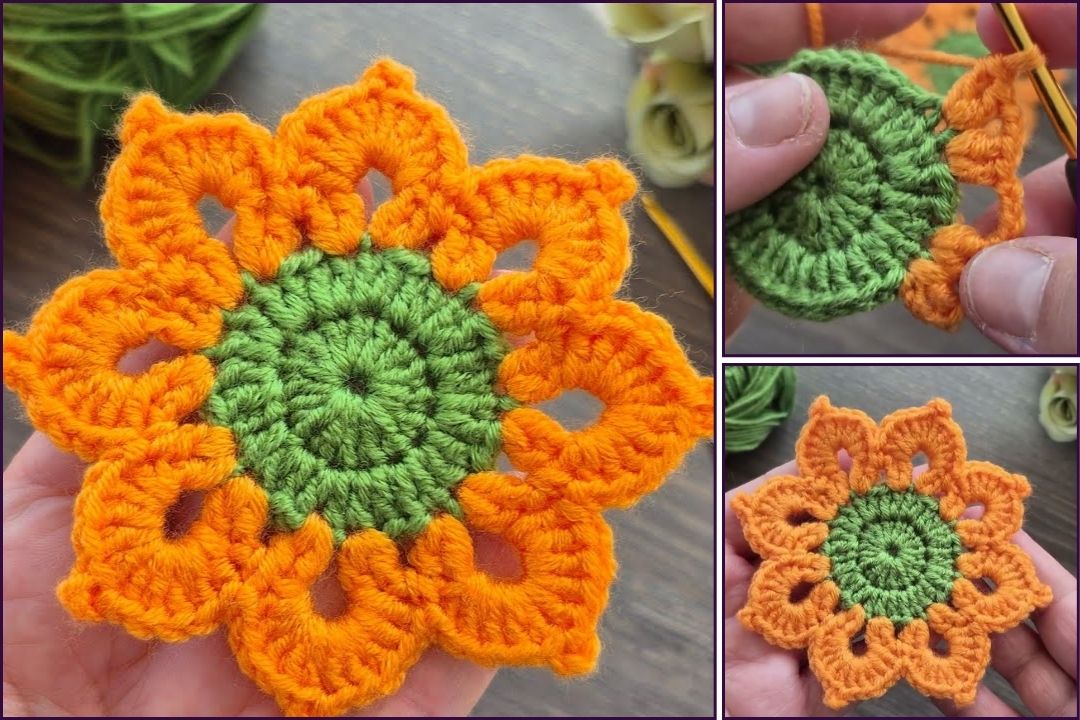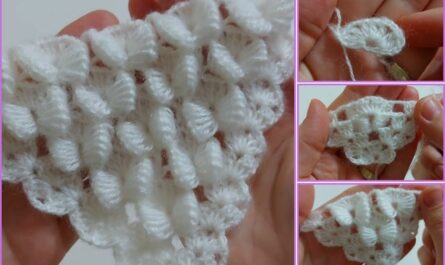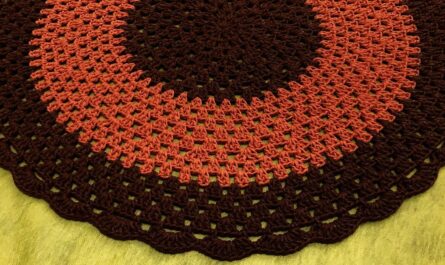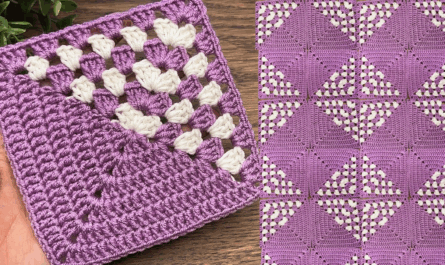It sounds like you’re looking to create a stylish crochet flower motif! Just to clarify, crochet uses a single hook to create stitches, while knitting uses two needles. This guide will focus entirely on how to crochet a stylish flower motif.
Crocheted flower motifs are incredibly versatile and can add a beautiful, handmade touch to almost anything. They’re perfect for embellishing garments, bags, hats, hair accessories, home decor items, or even as stand-alone decorative pieces. They’re also a great way for beginners to practice various stitches and techniques in a small, manageable project.
Given that it’s warm in Phnom Penh, 100% cotton yarn is an excellent choice for these motifs. Cotton offers superb stitch definition, which is crucial for showing off the beautiful details of a flower. It’s durable, holds its shape well, and is easy to wash, which is practical for decorative items. Plus, it’s perfect for using up small amounts of leftover yarn!
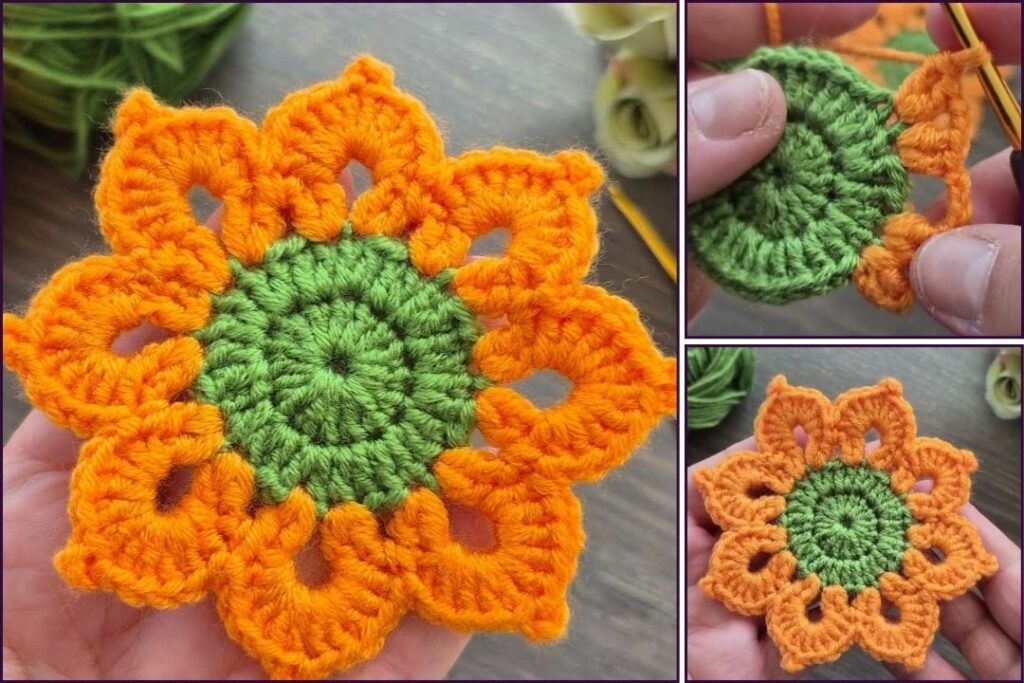
How to Crochet a Stylish Flower Motif
This guide will walk you through creating a flat, spiraling rose motif, which is one of the most common and stylish types of crocheted flowers. It’s surprisingly simple once you get the hang of it, working by creating a long, wavy strip that you then curl into a rose shape.
1. Essential Materials You’ll Need
- Yarn:
- Fiber: 100% Cotton Yarn is highly recommended for its excellent stitch definition and ability to hold shape, which is important for the structure of a rose. A soft, high-quality acrylic yarn can also work.
- Weight: DK (Double Knitting / Light Worsted / Category 3) or Worsted Weight (Aran / Medium / Category 4). DK will create a smaller, more delicate rose; Worsted will result in a more substantial rose.
- Color(s): Choose shades that evoke a real rose: reds, pinks, whites, creams, yellows, or even deep purples. You can also add a small amount of green for optional leaves.
- Quantity: You’ll only need small amounts of yarn, making this a fantastic stash-busting project.
- Crochet Hook:
- For DK Weight yarn, a 3.0mm (US C/2) or 3.5mm (US E/4) hook.
- For Worsted Weight yarn, a 3.5mm (US E/4) or 4.0mm (US G/6) hook.
- Choose a hook size slightly smaller than recommended for your yarn if you want a denser, stiffer rose that holds its shape well.
- Scissors: For cutting your yarn.
- Yarn Needle (Tapestry Needle): Absolutely essential for neatly weaving in yarn ends and for securing the rose shape.
- Optional: Hot glue gun (for securing the rose shape permanently if not sewing), sewing needle and matching thread (if attaching to fabric).
2. Basic Crochet Stitches You’ll Use
This pattern primarily uses fundamental crochet stitches:
- Chain (ch): To begin your work and create turning chains/spaces.
- Slip Stitch (sl st): For neatening.
- Single Crochet (sc): Creates a dense fabric.
- Half Double Crochet (hdc): A medium-height stitch.
- Double Crochet (dc): The main stitch for forming the petals.
- Triple/Treble Crochet (tr): Used for taller petals to create more fullness.

The Spiraling Crocheted Rose Motif Pattern
This pattern creates a long, wavy strip that you then roll up and secure to form the rose shape. The variations in stitch height naturally create the petal effect.
Abbreviations (US Crochet Terms):
- ch: chain
- sl st: slip stitch
- sc: single crochet
- hdc: half double crochet
- dc: double crochet
- tr: triple crochet (or treble crochet)
- st(s): stitch(es)
Step 1: Create the Foundation Chain
The length of your starting chain will determine the size of your finished rose. A longer chain creates a larger, fuller rose.
- Using your chosen yarn and hook: Ch 31. (This will make a medium-sized rose, about 1.5 – 2 inches in diameter. For a smaller rose, chain less, e.g., Ch 21-26. For a larger rose, chain more, e.g., Ch 36-41).
Step 2: Crocheting the Petal Strip
This entire pattern is worked in a single row, creating a long, wavy strip that will become your petals.
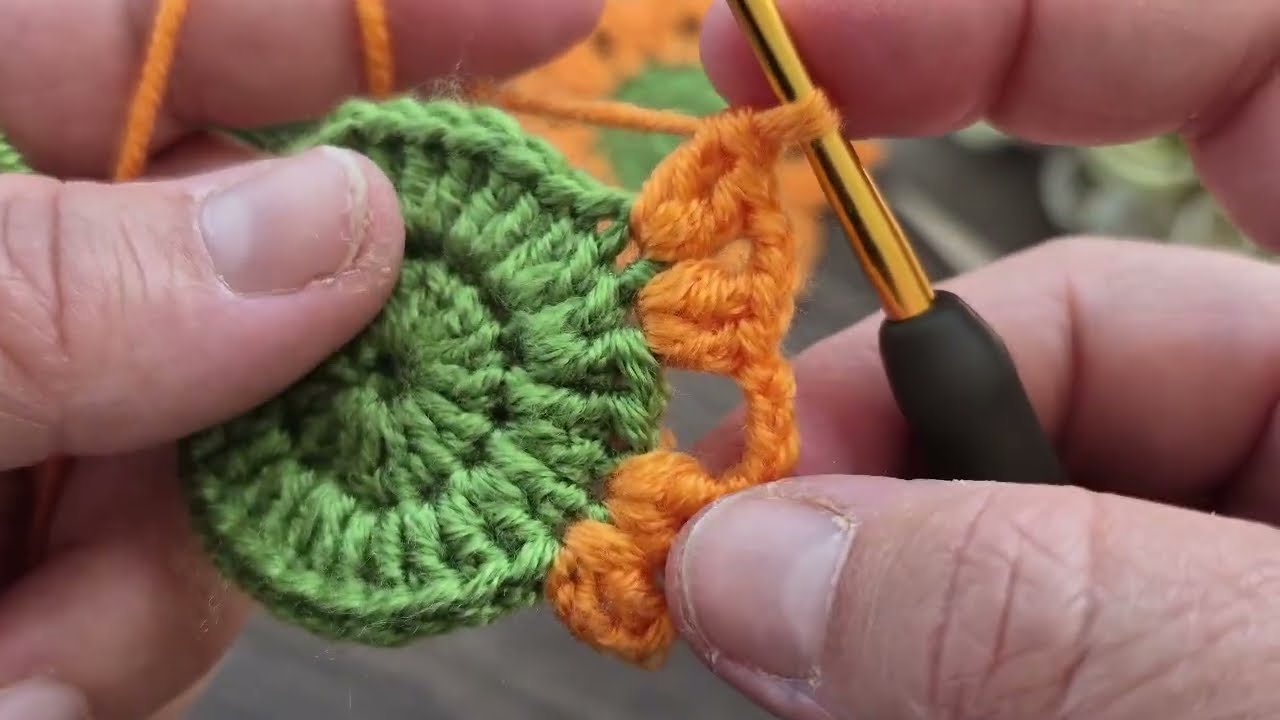
- Row 1 (Working back along the chain):
- Work 1 sc into the 2nd chain from your hook.
- Work 1 hdc into the next ch.
- Work 1 dc into the next 2 ch.
- Work 1 tr into the next 2 ch.
- Work [1 dc, 1 tr, 1 dc] all into the next ch. (This forms a “peak” for a larger petal).
- Work 1 tr into the next 2 ch.
- Work 1 dc into the next 2 ch.
- Work 1 hdc into the next ch.
- Work 1 sc into the next ch.
- Repeat from * to * two more times (or until you reach the end of your chain, adjusting if your initial chain was different). Each repeat creates a “section” of petals. The approximate sequence for a section is:
[1 hdc, 2 dc, 2 tr, (1 dc, 1 tr, 1 dc) in next ch, 2 tr, 2 dc, 1 hdc, 1 sc]. - After your last repeated section, you should end with an
scin the final chain. - Ch 1 (this does NOT count as a stitch) and turn your work. You will have created a wavy strip with distinct peaks and valleys.
Step 3: Creating the Rose Shape
This is where the magic happens! You’ll roll the crocheted strip into a rose.
- Fasten off your yarn, leaving a very long tail (at least 15-20 inches / 38-50 cm) for sewing the rose together. Pull the tail completely through the loop on your hook.
- Start Rolling: Beginning from the sc end of your crocheted strip (the narrower, flatter end), tightly roll the strip inward. This will form the center bud of your rose.
- Continue Rolling: As you roll, allow the wider, wavier parts of the strip (the “peaks” created by the
trstitches and thedc/tr/dcclusters) to naturally flare out and form the petals. Don’t roll too tightly; let the strip define the petal curves. - Secure the Shape (Crucial!): Once you’re happy with the rose shape, hold it firmly in place.
- Using your long yarn tail and a yarn needle, thread the tail.
- Carefully begin stitching through all layers of the rolled rose from the bottom. Make several stitches crisscrossing the base of the rose to secure all the layers together. Aim to go through the denser parts of the stitches so your securing stitches are strong and invisible from the top.
- Once fully secured, weave in the remaining tail on the back of the rose.

3. Finishing Your Stylish Crocheted Rose Motif
Proper finishing ensures your rose is durable and looks its best.
- Weave in All Ends NEATLY: Any short tails from your starting chain should also be woven in securely on the back of the rose using your yarn needle. This is crucial for a polished, professional-looking motif.
- Optional: Stiffening/Blocking (For more defined shape): If your rose feels too floppy, you can lightly stiffen it.
- You can use a fabric stiffener (like diluted white glue or a commercial fabric stiffener). Apply it sparingly to the back and edges of the petals, then reshape and let it dry.
- Alternatively, simple wet blocking can help. Gently mist the rose with water, reshape it, and let it air dry completely. This will help it hold its form but won’t make it rigid.
- Attach (if desired): Your rose is now ready to be attached to your chosen project using thread and a sewing needle, or a hot glue gun.

4. Tips for Making Your Crocheted Roses Truly Stylish
- Yarn Weight & Hook Size: This combination is crucial for the rose’s final look. A smaller hook with a given yarn weight will create a denser, stiffer rose. A larger hook will create a softer, floppier rose. Experiment to find your preferred “style.”
- Color Choice: Ombre or variegated yarns can create beautiful, natural-looking color transitions in your rose. Using a slightly darker shade for the initial (tighter) part of the roll and transitioning to lighter shades for the outer petals can also add depth.
- Varying Petal Sizes: The key to a realistic rose is the variation in petal height. Ensure your
sc,hdc,dc, andtrstitches are distinct in height to create that natural ripple. - Rolling Technique: Don’t force the roll. Let the natural curve of the crocheted strip guide you. The tighter you roll the inner part, the smaller the bud. The looser you allow the outer parts to flare, the more open your rose will be.
- Optional Green Leaves:
- Simple Leaf: Ch 7. Sl st in 2nd ch from hook, sc in next ch, hdc in next ch, dc in next ch, hdc in next ch, sc in last ch. Ch 1, turn (work down other side of foundation chain): sc, hdc, dc, hdc, sc, sl st in base. Fasten off. Make two, and sew them to the back of the rose.
- Alternative: For a more minimalistic look, simply chain 5-7 stitches and attach it to the back of the rose for a small stem effect.
- Layering with Multiple Roses: Crocheted roses look particularly stunning when grouped in clusters or when different sizes are made and layered together.
- Adding Embellishments: A small bead or pearl can be sewn into the very center of the rose for extra sparkle.
With these detailed instructions and tips, you’ll be able to crochet truly gorgeous and stylish rose motifs! What kind of project are you planning to use your beautiful rose motifs for?
